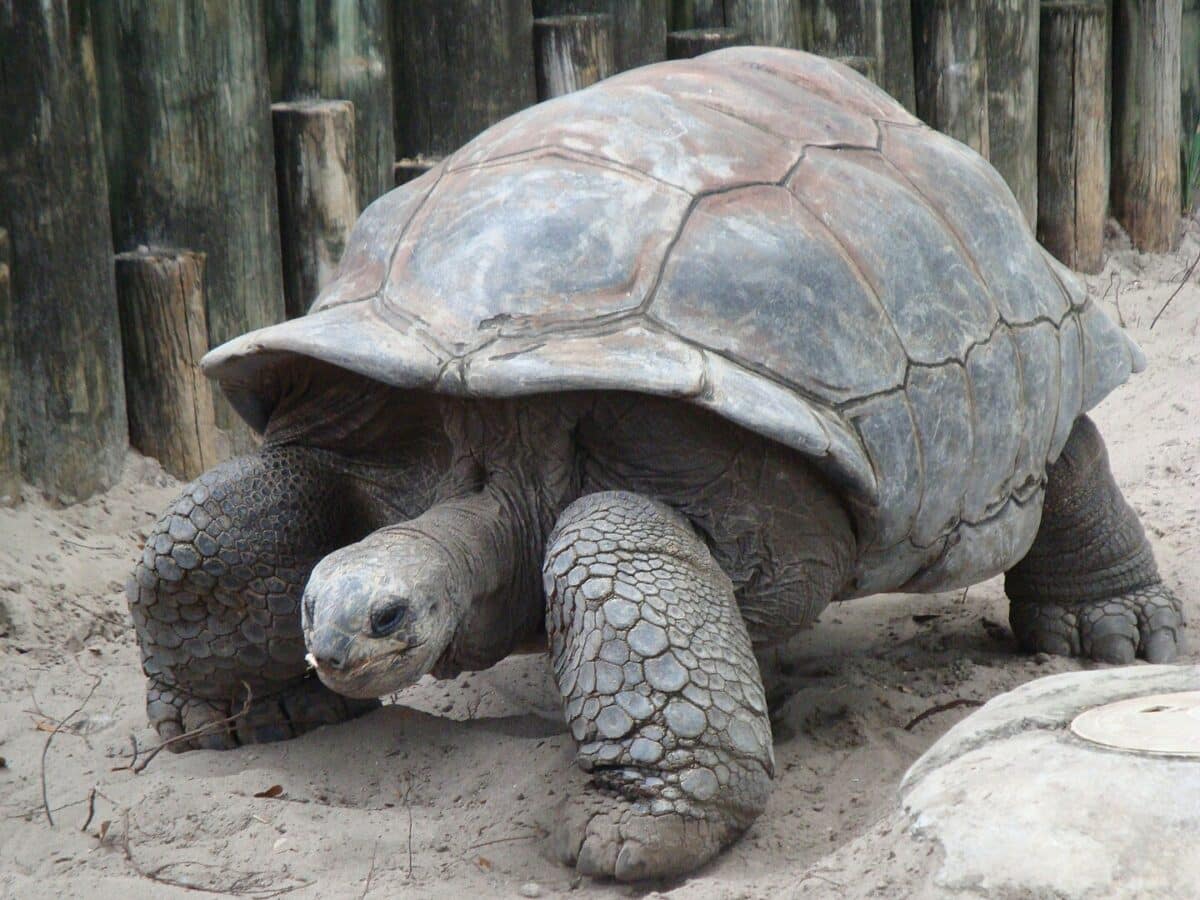Many animals are associated with speed and agility, like the majestic cheetah and graceful deer. However, not all creatures are built to break world speed records. Some animals have slow-paced lifestyles that suit their unique needs and behaviors.
In this article, we explore the top 10 slowest animals in the world and uncover the fascinating facts behind their seemingly relaxed existence. From the slimy snail to the lumbering sloth, we delve into their anatomy, habitats, and evolutionary history to appreciate the wonder of the animal kingdom that goes beyond mere speed.
Top 10 Slowest Animals:
1. Sea Anemone
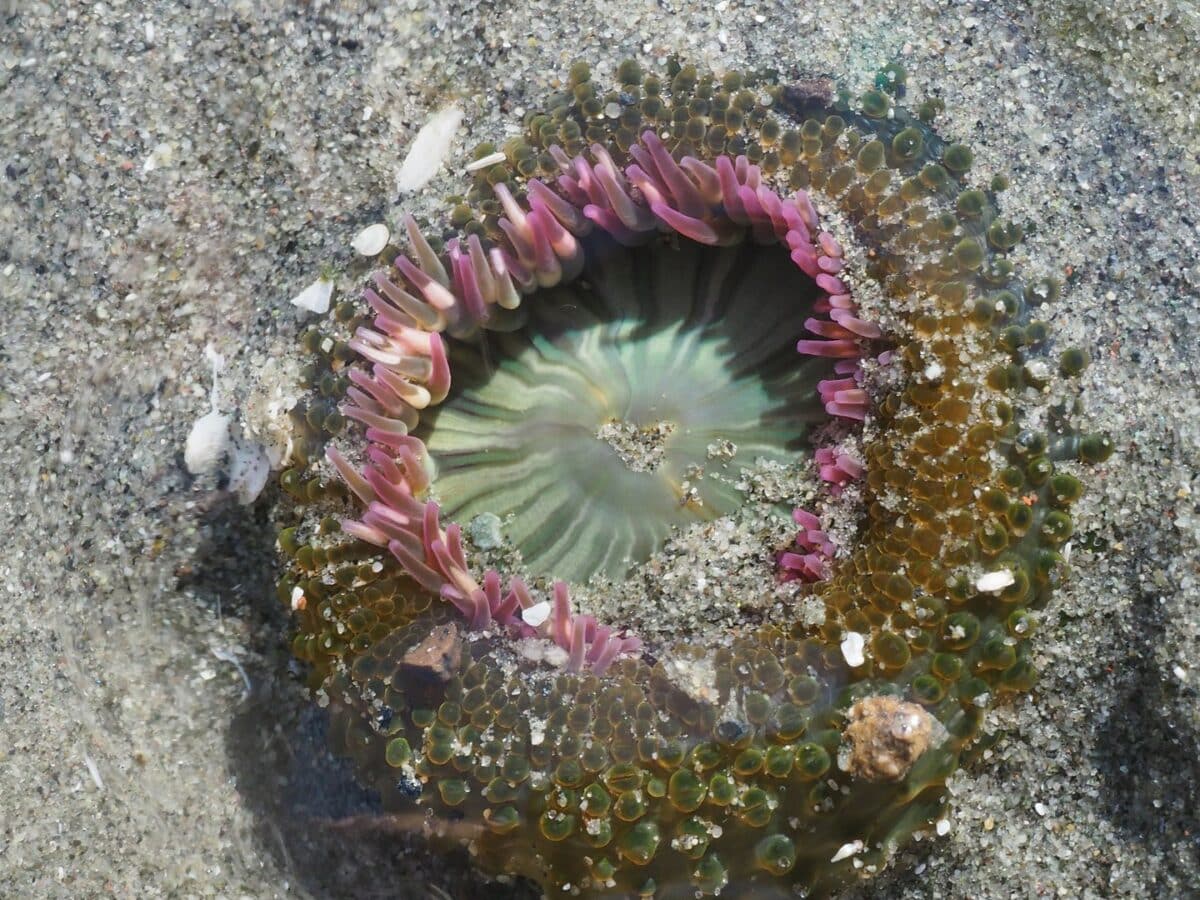
Sea anemone – the slowest animal on earth is an interesting creature to learn about. Despite being immobile most of the time, this invertebrate impacts the ocean’s ecosystem. They are often found attached to rocks, coral reefs, or shells at the bottom of the sea, waiting for prey to approach. Sea anemones move at an incredibly slow pace of 0.0001 km per hour, which is almost impossible to notice. These animals feed on small fish and plankton, which they capture with their venomous tentacles.
2. Garden Snail
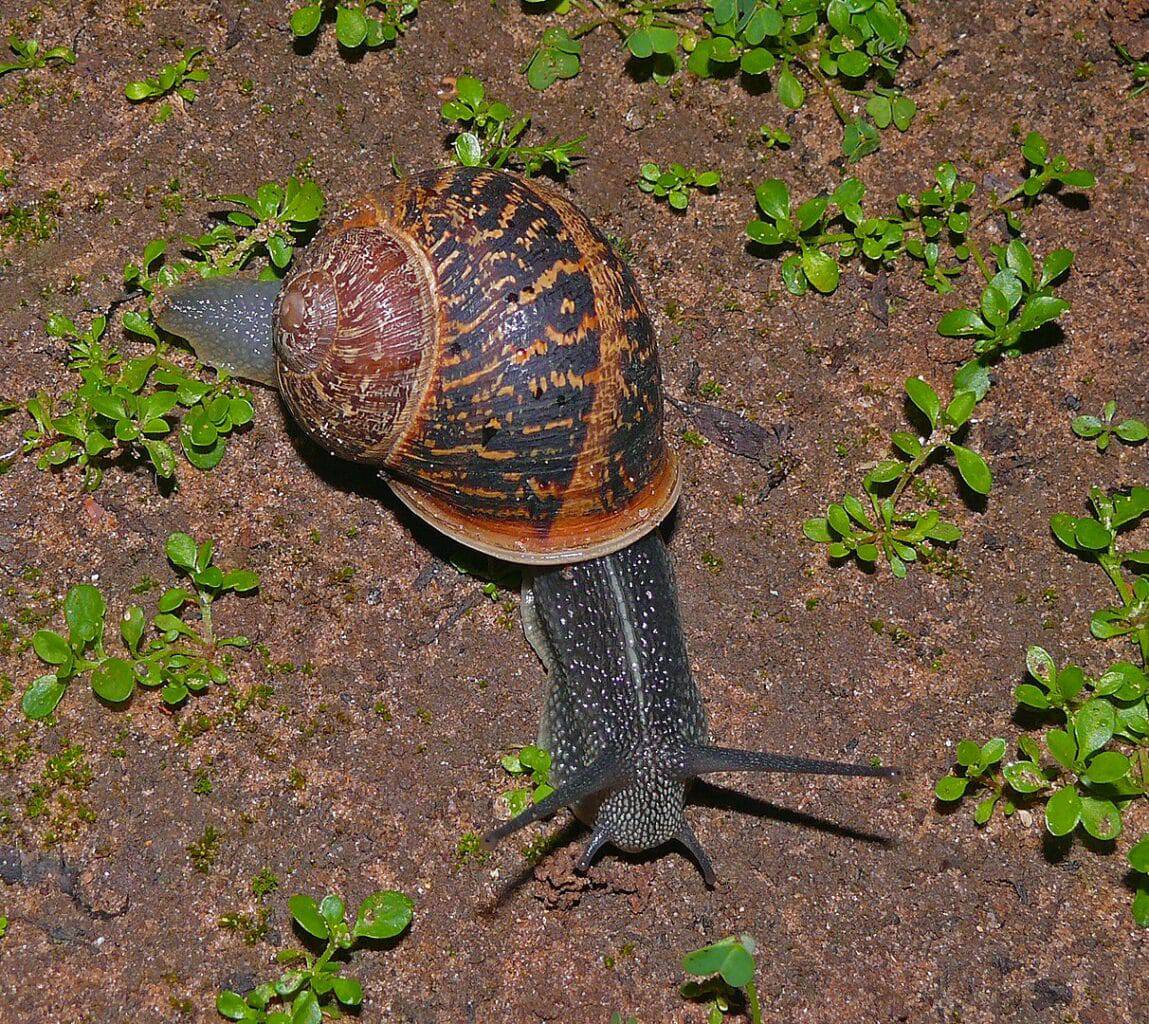
The garden snail may be a common sight in many gardens, but it’s fascinating to observe. This slow-moving gastropod moves at a speed of 0.001 km per hour. Garden snails are herbivores and feed on plants, but they also have a taste for fungi and dead animals. Watching them move with their muscular foot that glides on across a trail of mucus they leave behind is fascinating. These snails have a protective shell that keeps them safe from predators, and can retract their bodies when threatened.
3. Starfish
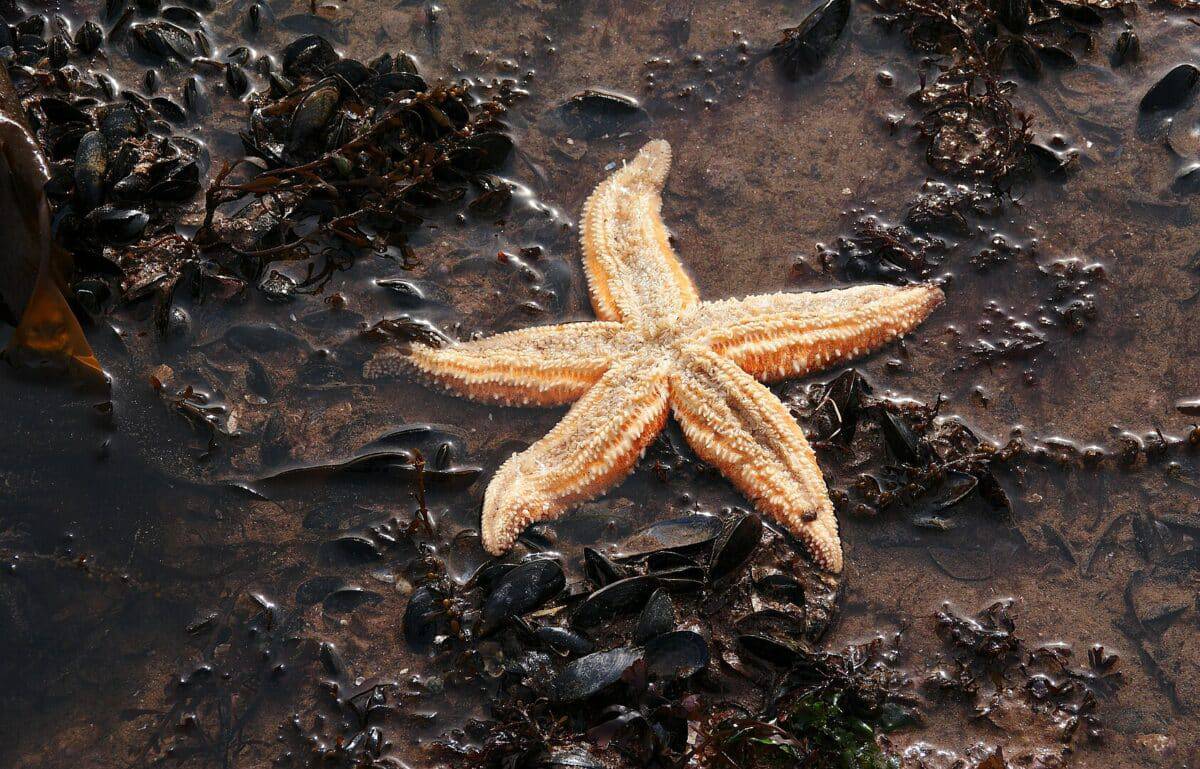
The starfish is an amazing marine creature that moves slowly at 0.009 km per hour. These creatures have a special skill to grow back their limbs if they are hurt or taken away. Starfish are not fish but belong to a group called echinoderms, which are related to sea urchins and sand dollars. They feed on mollusks, barnacles, and small fish, which they capture with their tube-like feet. Starfish come in different colors and sizes. They have an important job in keeping the ocean ecosystem healthy.
4. Sea Horse
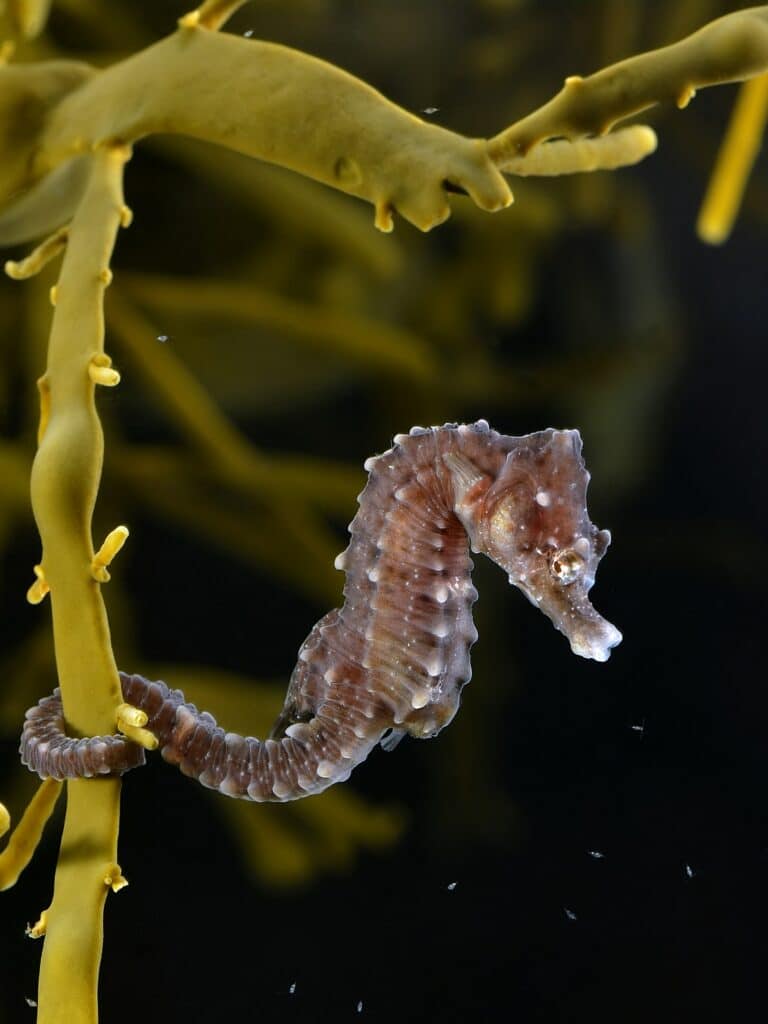
The seahorse is a fascinating creature that moves at a speed of 0.015 km per hour. This unusual fish has a head resembling a horse, a prehensile tail, and a special form of swimming known as “fluttering.” Seahorses are monogamous and mate for life, and the male is the one that carries the babies in a pouch until they are born. These creatures feed on small crustaceans and plankton, which they suck in through their elongated snout. Humans often target These delicate fish for use in traditional medicine, which puts them at risk of extinction.
5. Three-Toed Sloth
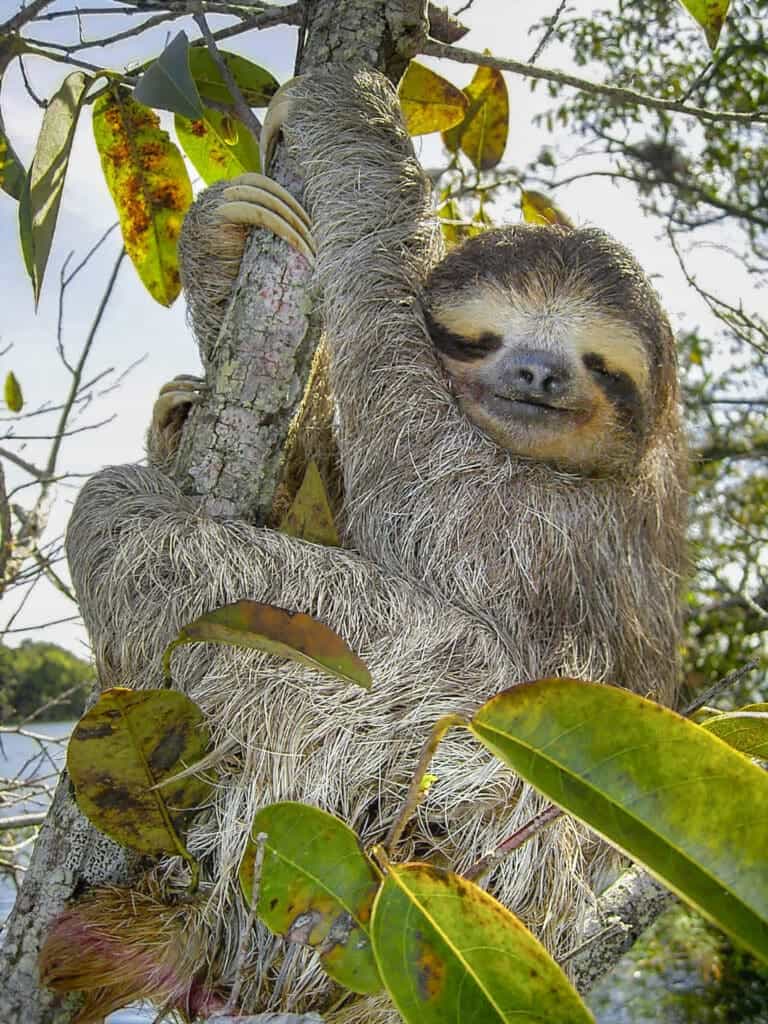
The three-toed sloth may be slow, but it’s also one of the most interesting animals in the rainforest. These creatures move at only 0.24 km per hour, making them one of the slowest mammals on Earth. Sloths are arboreal, which means they spend most of their time hanging upside down from trees.
Their unique digestive system allows them to digest the leaves they consume slowly. Sloths are also known for their unique symbiotic relationship with algae, which grows on their fur and provides camouflage in their forest environment. Despite their slow pace, sloths are essential to the rainforest’s ecosystem.
6. Giant Tortoise
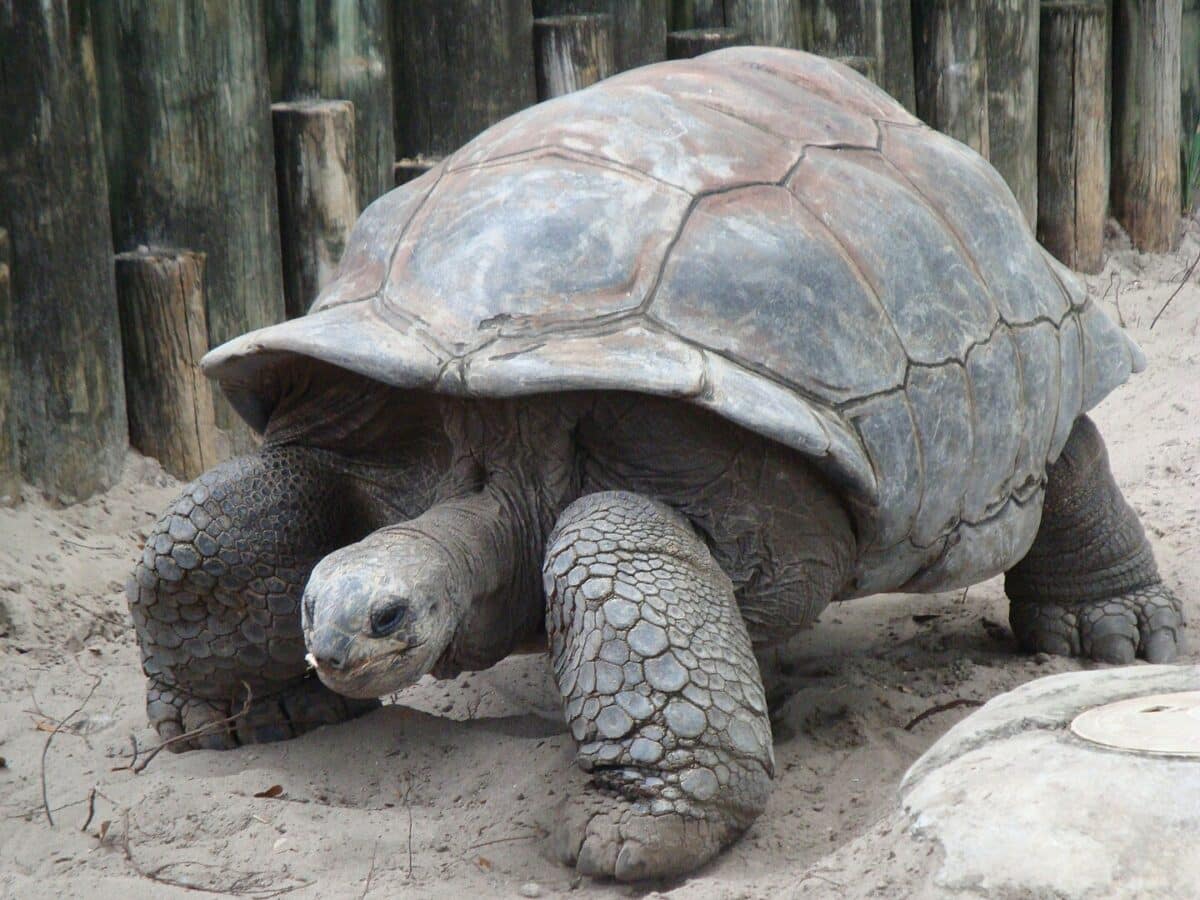
The Giant tortoise, or the Galapagos tortoise, is a slow-moving creature that ambles at 0.3 km per hour. They are found only in the Galapagos Islands and can grow up to 5 feet long and weigh over 500 pounds. These gentle giants have a long lifespan, with some reaching over 100 years old.
Their slow movement is primarily due to their massive size and heavy shells, which act as protective armor against predators. These majestic creatures have a unique feeding habit, where they can store significant amounts of food and water in their bodies, enabling them to survive for months without sustenance.
7. Banana Slug
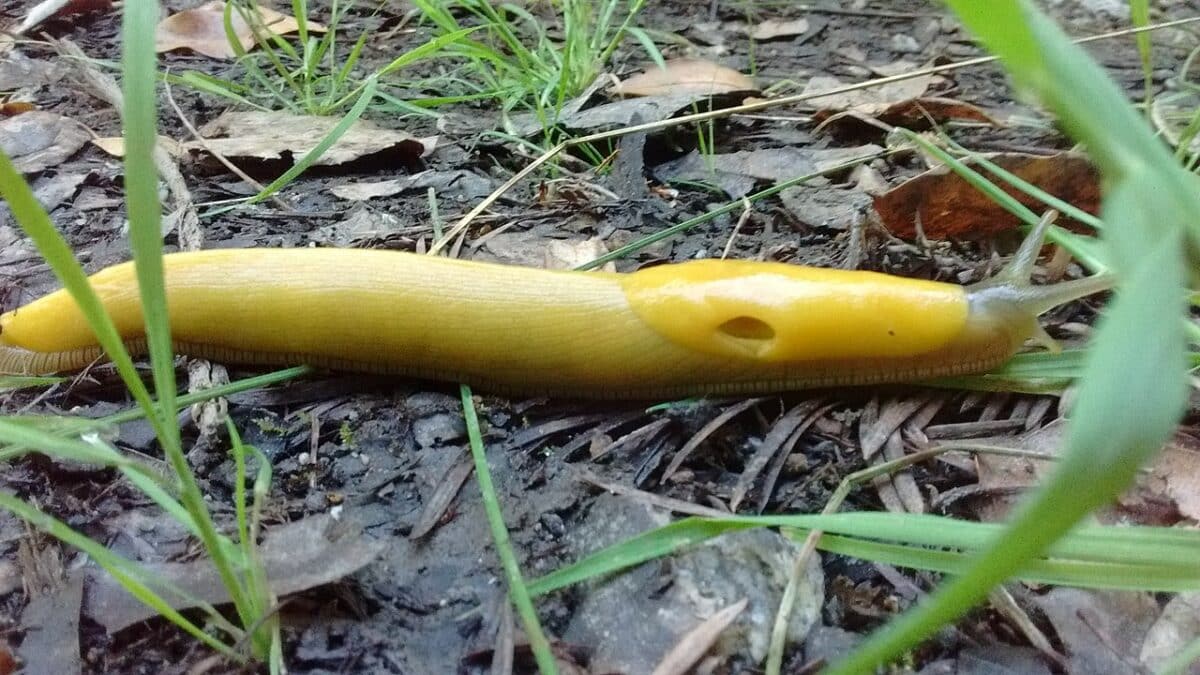
Next on our list is the Banana slug, a slow-moving gastropod that moves at 0.48 km per hour. These slimy creatures are found primarily in western North America, and their name originates from their yellowish color, which resembles that of a ripe banana. Despite their sluggish nature, Banana slugs are an essential part of their ecosystem, as they aid in breaking down decaying matter and recycling nutrients.
They have a unique mating ritual, where the individuals exchange sperm through a special opening, leading to fertilization and egg-laying. Banana slugs are fascinating creatures, and their slow movement does not diminish their ecological importance.
8. Slow Loris
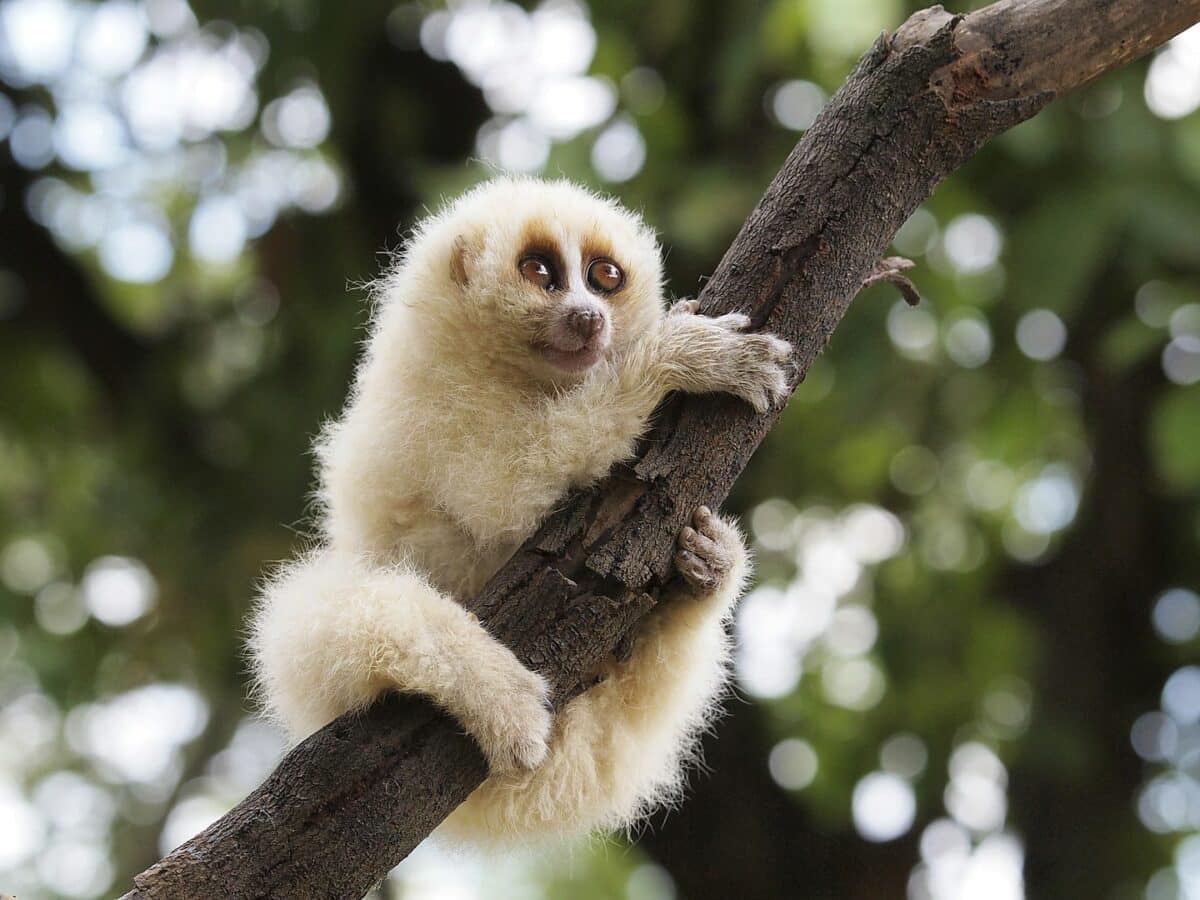
The Slow Loris, a nocturnal primate found in Southeast Asia, moves at a mere pace of 0.003 km per hour. These cute creatures have large eyes adapted to their nocturnal lifestyle and small bodies that can fit into tight spaces. However, their slow pace is not due to physical limitations but is part of their survival strategy.
They have a unique defense mechanism: they secrete a toxic substance from their glands when threatened, causing severe allergic reactions and even death to their attackers. Sadly, slow lorises have become victims of an illegal pet trade, where they are captured and sold as pets in several countries. Slow lorises may be slow in movement, but they are fascinating mammals that deserve our protection and conservation efforts.
9. Koala Bear
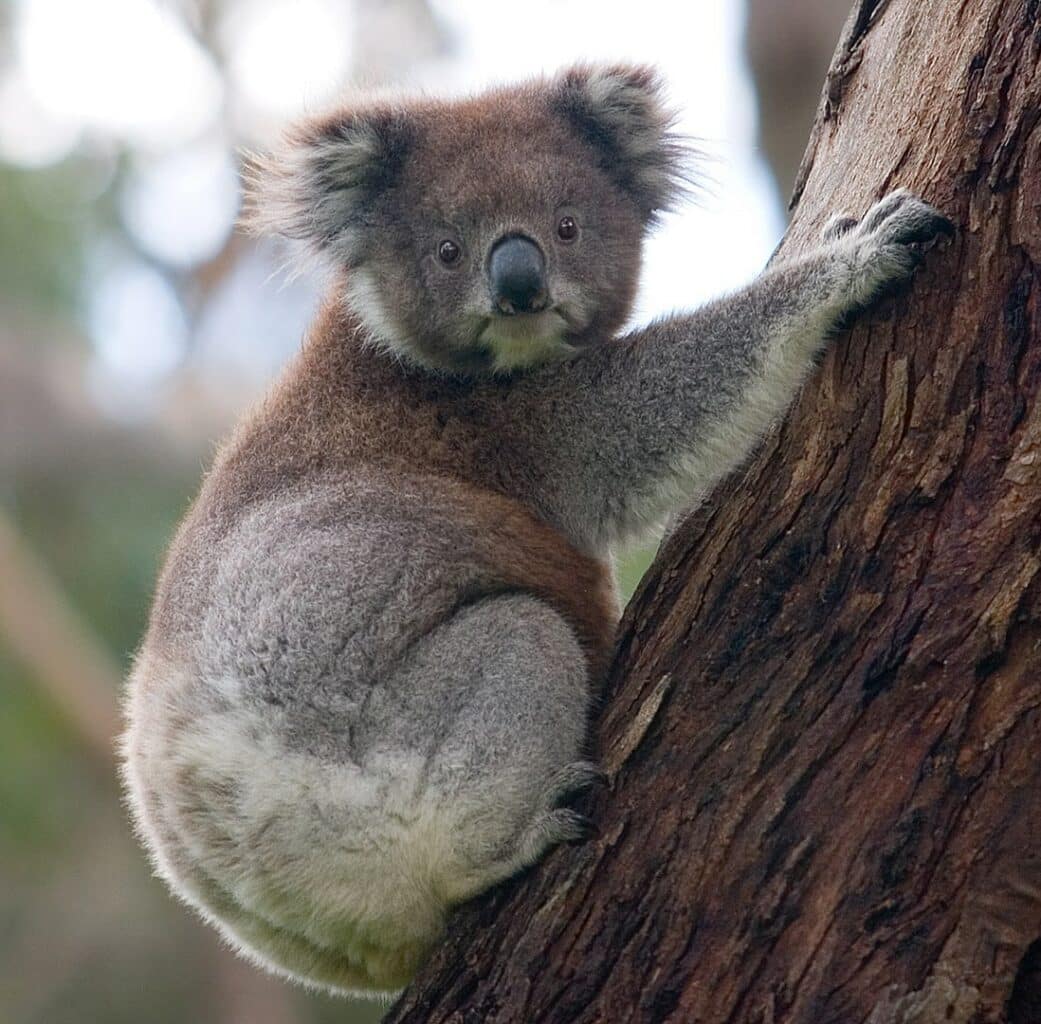
The Koala Bear is a slow-moving mammal native to Australia. With its fluffy ears and adorable appearance, the Koala is typically associated with being a cute and harmless animal, which is largely true. Koalas have a low metabolic rate, which means they don’t need to eat as much food as other animals.
They mainly depend on eucalyptus trees for their diet, contributing to their slow speed. Despite this, Koalas can climb quite fast when they need to. These fuzzy creatures are nocturnal, spending most of their days sleeping and only waking up to feed, usually at night.
10. Gila Monster
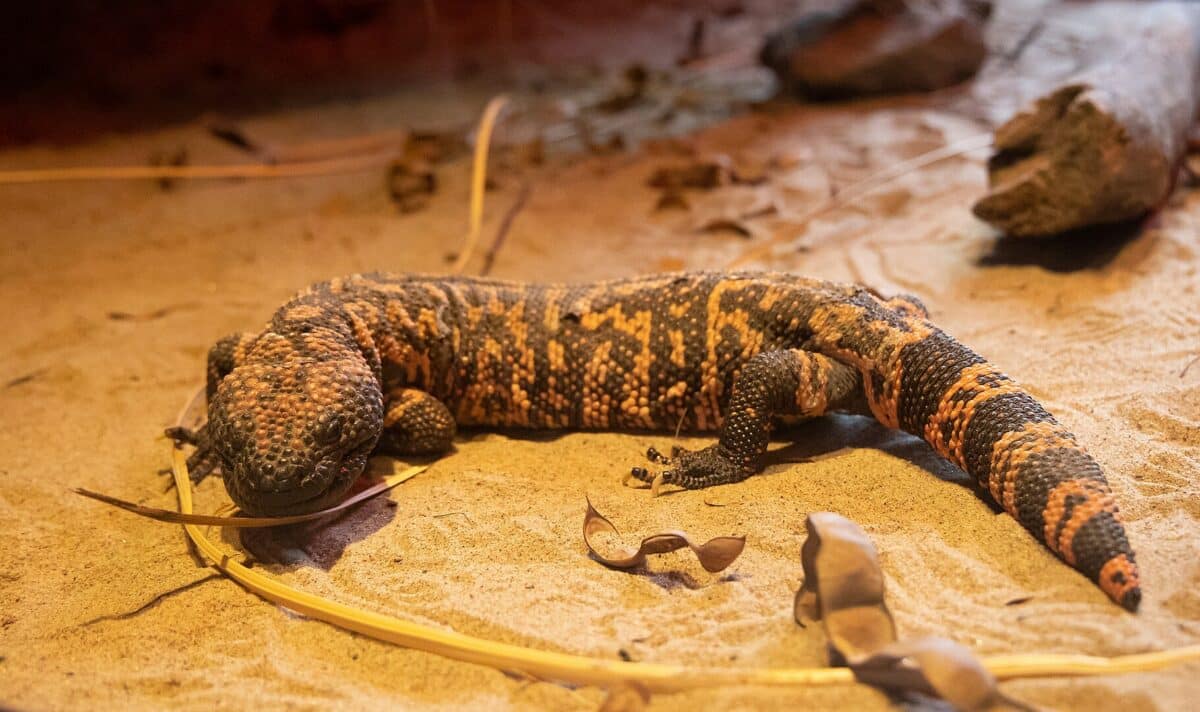
The Gila monster, on the other hand, is a venomous lizard that is unique to the American Southwest and Mexico. The Gila monster is a visually striking creature with its rough, bumpy skin and bright markings. But don’t be fooled by its sluggish movements – the Gila monster is one of only two venomous lizards in the world.
These reptiles are covered in bead-like scales, which help them retain moisture in the arid desert environments they inhabit. Their slow movements and heavy build are due to their thick, heavy body armor, which can make them appear lethargic. When threatened, however, the Gila monster can move quickly to deliver a painful bite, which can be dangerous to humans.
Frequently Asked Questions
Why do slow animals move at a lethargic pace?
Slow animals have evolved to move slowly to conserve energy and avoid predators. Their slow movements make it easier to camouflage with their surroundings, making them less visible.
How do slow animals survive in the wild?
Slow animals have adapted to their environment by developing unique strategies to evade predators. For instance, sloths and snails have tough shells, which help protect them against predators while allowing them to hide until danger passes.
Do slow animals have any advantages?
Despite their slow pace, slow animals have several advantages. Some, such as tortoises, have long lifespans and can live up to 100 years. Additionally, slow animals require less food than fast animals to survive on low-quality diets.
The Final Verdict
The world of animals offers us various characteristics and adaptations that continue to captivate and awe us. The slowest animals listed in this article may seem like underdogs in the competitive realm of nature, but their slow speed packs as much intrigue and significance as any other trait. Whether it is the armadillo’s self-defense mechanism or the koala’s energy-saving approach, these animals have evolved to survive and thrive in their respective environments. Therefore, as we marvel at the flashiness of fast-paced animals, let us not forget the beauty and ingenuity of the slow and steady ones.
Join our Forum for free today!

- Usain Bolt vs. Peregrine Falcon – Speed Test in Their Domains - May 18, 2024
- Top 10 Animals in Yellowstone National Park - April 12, 2024
- Top 10 Omnivores - March 9, 2024

